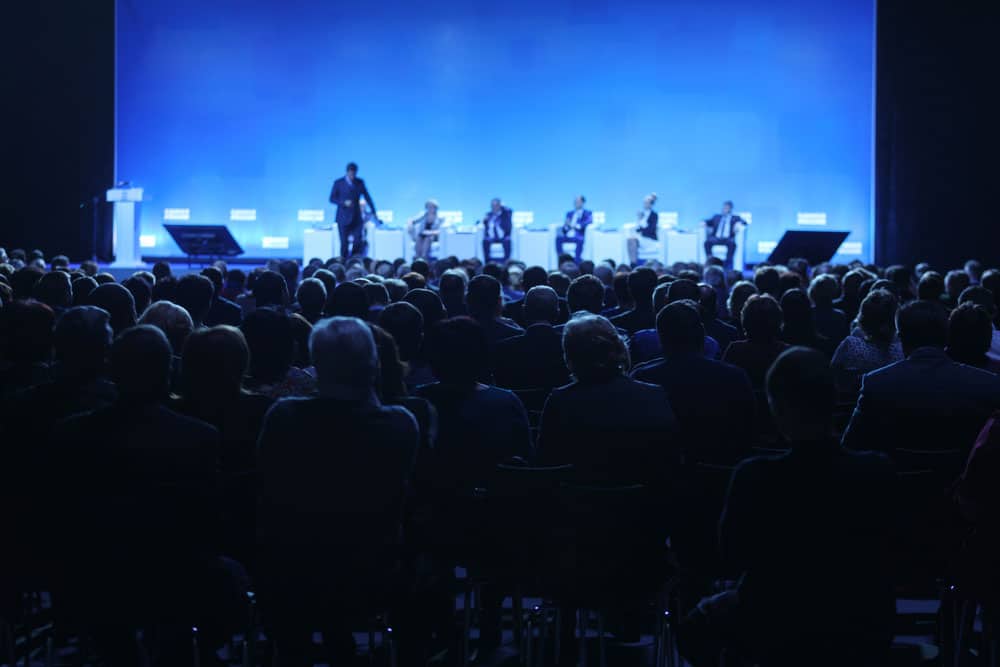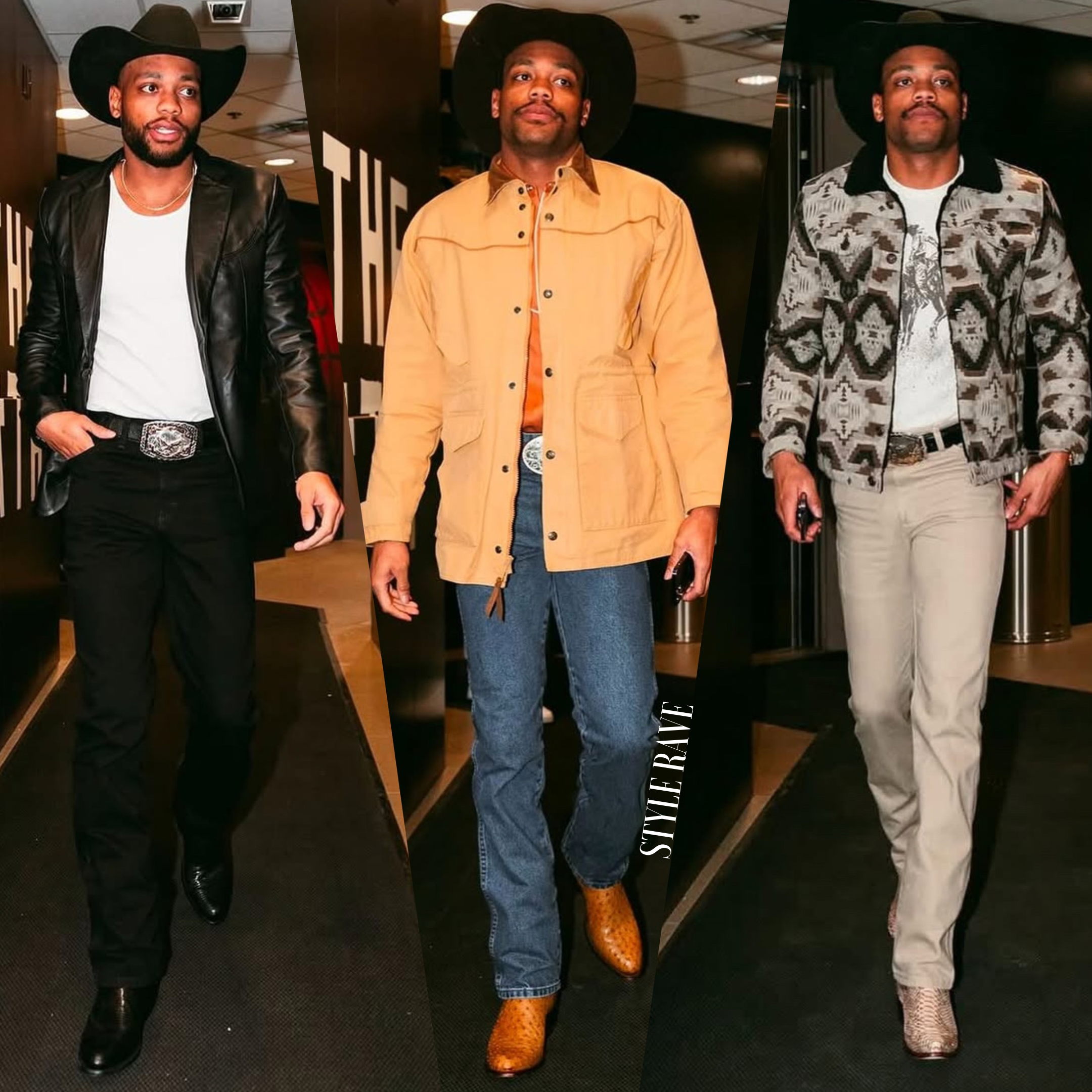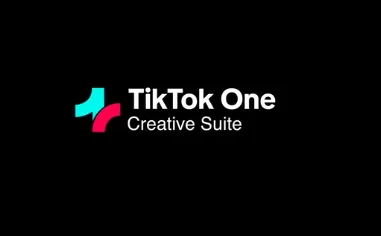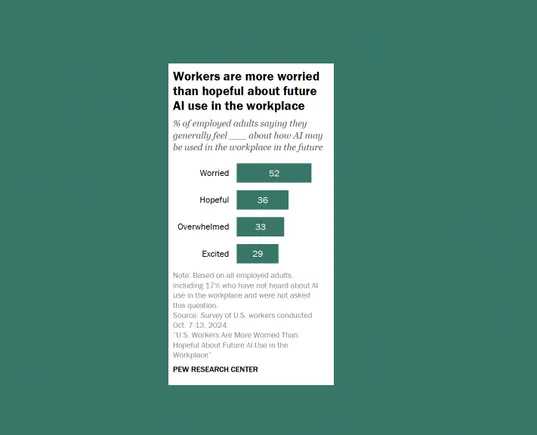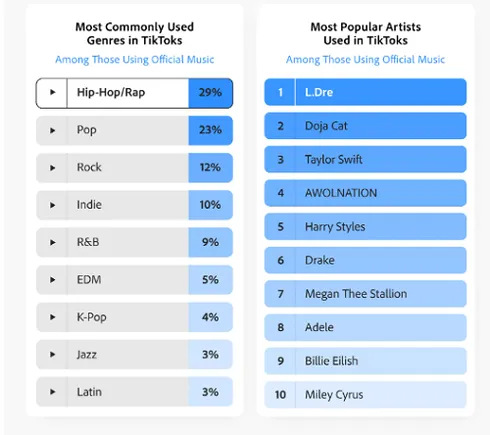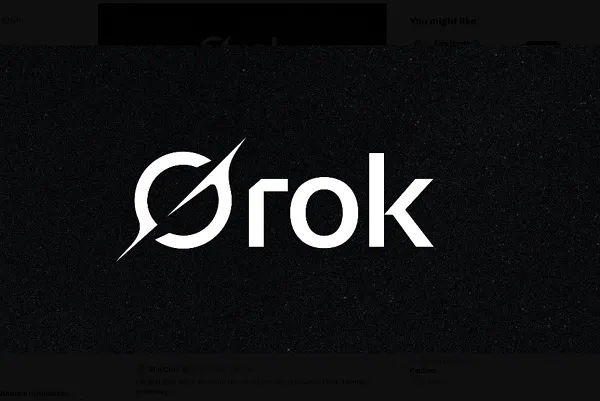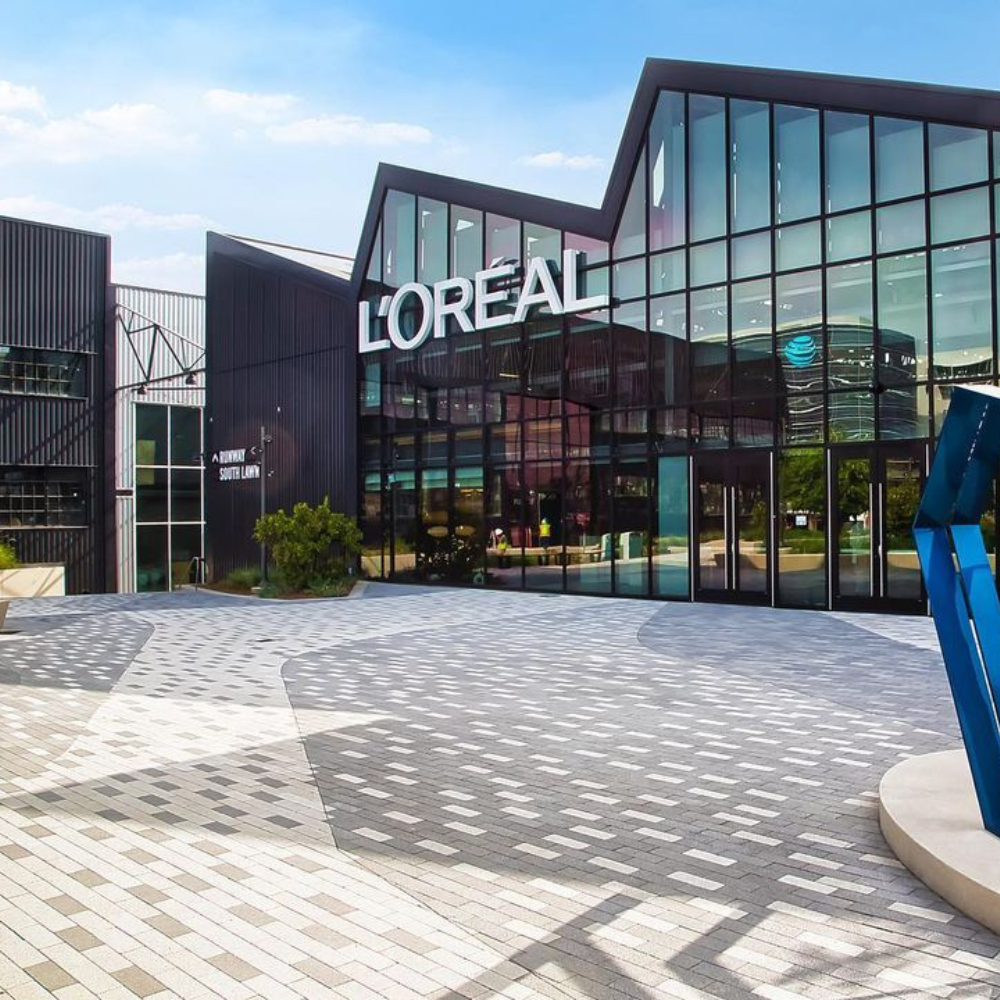The Great Resignation has proved problematic for many employers. Meanwhile “quiet quitting”—where employees do the bare minimum as a protest over feeling underappreciated—has become a big issue.
But the solution for both really isn’t that elusive or far away. If leaders of those affected companies changed their approach and focused more on the employee experience, they would likely see The Great Retention instead.
A survey of U.S. workers and employers identified significant gaps between how employers think things are going at their company and how employees see things. In sum, the vast majority of businesses surveyed thought employees were satisfied or well supported in the major areas—compensation, training, mental health and job empowerment. But most workers who were polled disagreed, and one in three would quit their current jobs without a backup plan.
The good news for employers is that those trends could be reversible. The survey found 69% of the employees polled would consider staying if things with their current employer changed for the better. That change can happen if company leaders see the need to better engage their employees—acknowledging how that dynamic is directly related to production and retention—and follow through with consistent actions.
The bottom line is this: If you do not provide a good employee experience, you cannot retain the best talent or compete for the best talent. Unfortunately, too many leaders are out of touch with their employees’ needs. They can change that by addressing these points.
See and treat your company as a community
Leaders should start with this mindset: You’re not just building a company; you’re building a community that is about relationships, trust and common values. Just as every company is unique, so are the communities they develop.
Leaders have the responsibility to make sure communities work for members. Today workplace communities are off the charts with change. Workspace is radically different now than it was pre-pandemic. Technology and work from home have redesigned our idea of what an office is. Remote and hybrid employees bring their coworkers into their homes, and now homes, along with families and pets, are part of the work community.
Navigating this shift can be overwhelming for everyone. At this moment, well over two years into the Covid-19 pandemic, some people are still scared, stressed and exhausted. They want to be listened to, they want to be treated as the individuals they are, they want to be treated as a valuable asset to the company, and they want to be safe.
So put your people first. Model the behavior you want to see. Show genuine interest and care. It is up to leaders to create community out of various employee experiences—and their struggles provide an opportunity to lean on HR. HR understands how to build listening, fairness, inclusivity and flexibility and can be a great resource for leaders.
Employers need to get on board with flexibility, because it is here to stay. Part of building your community will be defining flexibility with a discussion around fairness. Let your employees come up with personal solutions versus getting stuck in the old model of command and control, where management made all the decisions.
Communicate and celebrate
Today, if you want to attract and retain top talent, you must treat your employees with respect and empathy, and you must communicate way more than you think is necessary.
The old model of running a company with top-down management and little flexibility or humanity has created unprecedented stress, fear and lack of trust in the modern workplace. Leaders who do not communicate openly, clearly and regularly about what they expect and why need to step right out of that selfish mindset where everything is about the company’s or owner’s wants, needs or pocketbook. They might have gotten away with that in the past, but that form of leadership is no longer acceptable.
You need to reward and celebrate employee achievements as part of your communication and performance programs. Lack of recognition is the No. 1 reason people quit—and recognizing people is such an easy, fun thing to do.
The key pillars for any community are simple. Communicate and listen. Communication of any sort is greatly appreciated by employees and is a meaningful way to show you are listening and you care. It is crucial to embrace technology to facilitate your community connections. Have an open house or fireside chat to welcome your people into your home and connect on a deeper level. YouTube is one of the biggest social media channels, and it is being underused in building community within companies.
Create even a collection of silly videos for those times your people need a mental break. Look for ways to be creative and flexible using Instagram, Facebook, and snail mail to communicate.
Community is a mutual concept and experience. Ask your people what they want their community to look like—they will tell you. Your employees are experiencing you, but are you being purposeful about what they experience? It is a subtle shift in thinking for leadership and how you engage with employees and vice versa, and it could make all the difference in the world in your ability to retain your best employees.





















